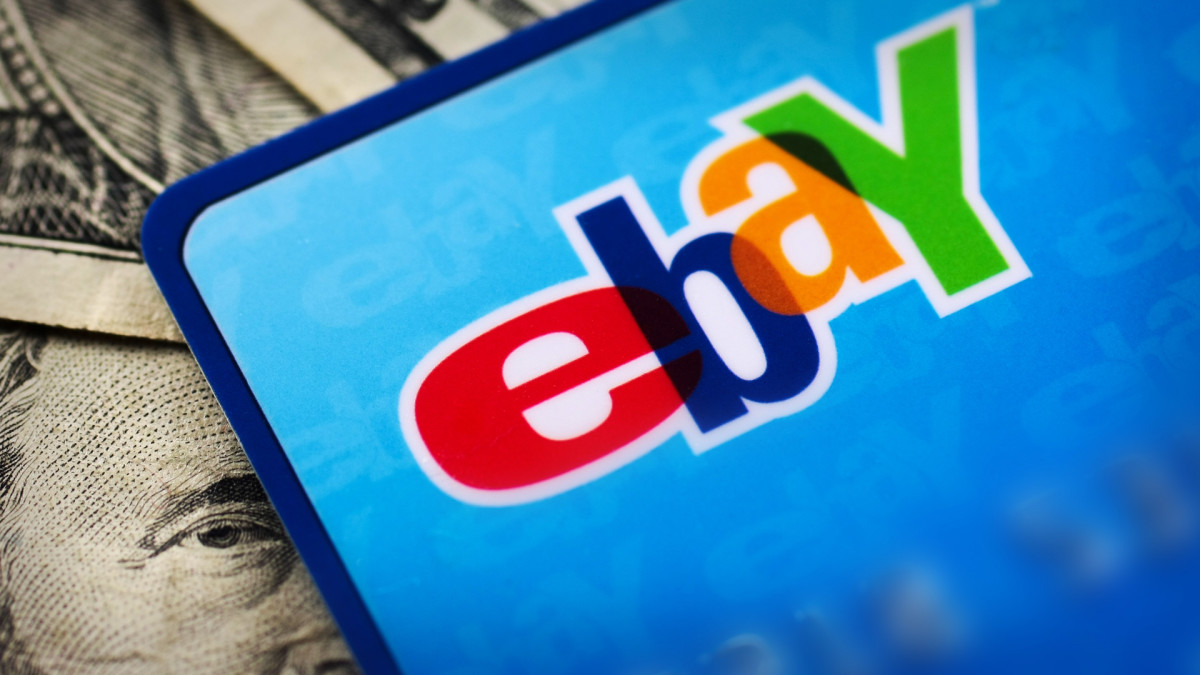
On March 2, 1969, test pilot Andre Turcat took off from Toulouse, France and landed in the history books.
Turcat was flying a prototype of the Concorde, the supersonic jetliner, and, upon returning to earth, the pilot made a succinct comment.
"The big bird flies," he said.
Related: Dan Ives predicts big things for Tesla, Apple and ESPN in 2024
Indeed it did. On Sept. 26, 1973, the Concorde made its first transatlantic crossing, flying from Washington, D.C. to Paris in the record-breaking time of three hours and thirty-three minutes.
Air France's first Concorde was delivered ON THIS DAY in 1975 pic.twitter.com/F3RiFyV2H1
— Dan | Dj’s Aviation (@DjsAviation) December 19, 2023
Pretty impressive, especially when you realize that the same flight on a conventional jet takes about 7 1/2 hours.
How the other half flies
The Concorde became the only way to fly for the rich and powerful, with a one-way ticket from London to Washington in 1976 going for about $2,800 in today's money.
In 1985, during the worldwide benefit concert Live Aid, singer Phil Collins played the London stage, then boarded a Concorde and made it to the U.S. in time to play in Philadelphia, NPR reported.
"I was in England this afternoon," Collins told the cheering crowd. "Funny old world, isn't it?"
Businessman Fred Finn really pulled out the stops as he flew the Concorde a record-setting 718 times.
"My favorite mode of transport without any doubt is my beloved Concorde," Finn reportedly said.
The prices kept climbing and by 1996, a roundtrip across the Atlantic would set you back the equivalent of about $12,500.
The Concorde's sonic boom sparked protests and many countries believed that the plane was not a good choice to fly over land and was suitable for supersonic flights only over water.
In addition to the aircraft’s noise, operating expense limited its service and financial losses — as well as a fatal crash in 2000 that killed over 100 people-caused Air France and British Airways to cease flying the Concorde in 2003.
Concorde made its last-ever flight on Nov. 26, 2003, departing London's Heathrow Airport and landing in Bristol, England.
Selling a piece of history
The Concorde made history and a piece of the iconic aircraft was sold recently on eBay (EBAY) -) in the form of a Rolls-Royce Olympus turbojet engine that went for about $714,500, twenty years after the Concorde's final flight.
The engine, which belonged to a British Airways plane, had been priced at $975,000 in 2019, according to Jalopnik, so the buyer got a bit of bargain on the deal.
The listing said that the engine is "not able to fly but perfect to dismantle and repurpose into collectable pieces of furniture or art.”
And this was the only Concorde engine sold by British Airways that still had the afterburner fitted.
If you missed out on buying the engine, there are several other Concorde-related items available on eBay, including a British Airways Concorde silver candlestick, Concorde cufflinks, a Concorde silver plated corkscrew, and a British Airways Concorde silver letter opener.
As for the future of supersonic travel, American Airlines (AAL) -) announced last year that it planned to put down a deposit to purchase 20 supersonic jets with the option to buy up to 20 more, from the privately-owned company Boom Supersonic.
And in August, NASA said in a blog post that it had investigated “the business case for supersonic passenger air travel aboard aircraft that could theoretically travel between Mach 2 and Mach 4.”
The space agency said it is also developing a "quiet" supersonic aircraft known as the X-59, as part of its Quesst mission.
Get exclusive access to portfolio managers’ stock picks and proven investing strategies with Real Money Pro. Get started now.







